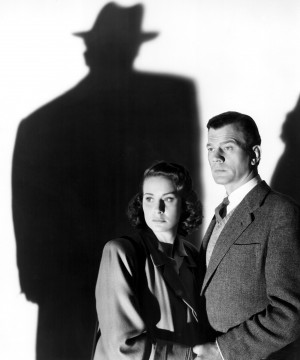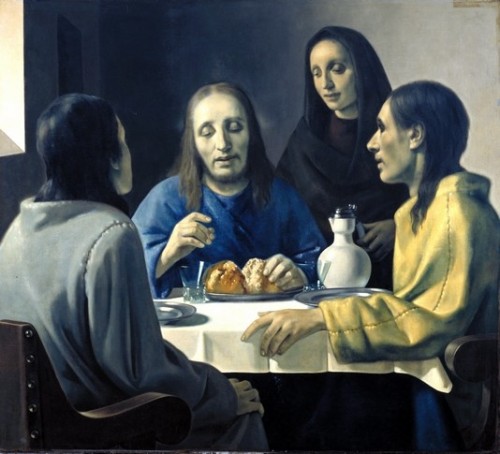(Completes the earlier Post Conspiracy Theory-part one ,May 25th 2010)
Part Two: Seeing the wood for the trees
The very fact that there are so many theories, and people who believe in them, raises an important question: Amid so much evidence to the contrary, why do people believe in conspiracy theories at all?

Tragedy is usually the result of a randomly cruel world, ‘time and unforeseen occurrence’. That, however, doesn’t demean people who were victimized by or who are afraid of tragedy should not feel the need to blame someone or something. After all, we are uncomfortable with ‘randomness’ – we feel if something happens, it must be because ‘someone’ caused it, there’s no such thing as an ‘accident’, ‘someone’ must be to blame, and the more prominent a person is, the more in the public eye, the greater the forces needed to pull them down or kill them. Accidents and lone gunmen are for ‘ordinary’ people, not ‘special’ ones, and they certainly don’t commit suicide, do they?
The term “conspiracy theory” is frequently used by scholars and in popular culture to identify secret military, banking, or political actions aimed at stealing power, money, or freedom, from the general populace.
Today, there are more conspiracy theories and more conspiracy theory believers than ever before.In the article ‘Paranoia and the roots of Conspiracy Theories‘ for ‘Psychology Today’, Ilan Shrira wrote: “Conspiracy theories help us cope with distressing events and make sense out of them. Conspiracies assure us that bad things don’t just happen randomly. Conspiracies tell us that someone out there is accountable, however unwittingly or secretly or incomprehensibly, so it’s possible to stop these people and punish them and in due course let everyone else re-establish control over their own lives. Conspiracies also remind us that we shouldn’t blame ourselves for our predicaments; it’s not our fault, it’s them! In these ways, believing in conspiracies serves many of the same self-protective functions as scapegoating.” That is one view..
